Ask the Pros: Macro Part 1
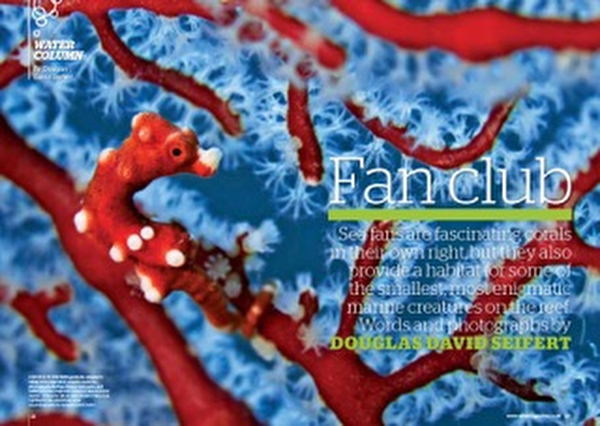
Douglas Seifert
Douglas Seifert, World Editor at DIVE MAGAZINE, is the creator of Water Column — a regular feature in DIVE MAGAZINE showcasing in-depth natural history subjects and conservation features in words and images. He has been a published writer and award winning photographer of the underwater world for over 20 years.
Small Game Hunting With a Big Lens – The Joy of Macro
1. What is your favorite macro lens (and why)?
For me, the go-to lens is the 100mm macro o5 105mm macro (whether I am shooting Canon or Nikon (it varies with camera release schedules and whims) with a external wet diopter lens (previously Macromate, now Nauticam SMC). It’s a pretty good setup for all around macro. I also use the Sigma 150mm, sometimes even with a 2x teleconverter, but then it’s a macro functioning as a telephoto lens. The choice of a predetermined subject can make a change in the choices of lenses as well. If the animal is the size of a golfball, perhaps close-focus wide angle macro is a more interesting approach. If the subject is large, such as a leafy sea dragon, definitely a widevangle has qualities that compliment traditional macro. I spent a lot of time trying to get acceptable results with the Inon Bugeye lens. I did score a cover with it, but the lens was never really sharp enough for my taste. The perspective was amazing, but the softness of the images was disappointing. Perhaps new controls in Photoshop RAW might be able to make not so sharp images appear sharper, I haven’t investigated. I was never happy with the 50mm macro lenses for Canon cameras (neither the Canon or the Sigma got me excited) but when I am shooting with Nikon, the 60mm is pretty versatile and there is no faster autofocusing lens.
2. Cropped or full frame camera for macro? I guess this would be if you had the choice of either.
I use full frame for everything. I’m old school. All we ever had with film was full frame so old habits die hard.
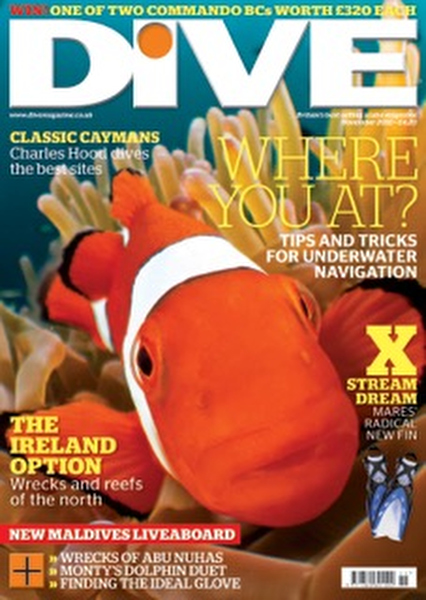
3. Do you use manual or auto focus? If it is the latter, what sort of autofocus mode do you tend to use?
Both. Neither. With super macro, sometimes you just get close with the focus, lock everything down and move the camera in and out hoping for the best. The fact is that as some of us age, our ability to focus visually becomes difficult. So make your images now, the future is uncertain. 4. How do you light your subjects? One strobe/light or two (or more)?
Usually two, but not at the same intensity. Chris Newbert taught me 4:1 lighting ratios that are often pleasing. Having said that, Ned Deloach makes some the world’s finest macro images with one strobe only. I like to play with extreme side lighting or top lighting, if the environment where the subject is found allows. 5. Do you use snoots or other devices to control your lighting?
Rarely, but I am experimenting with snoots and continuous light on my next trip. We shall see.
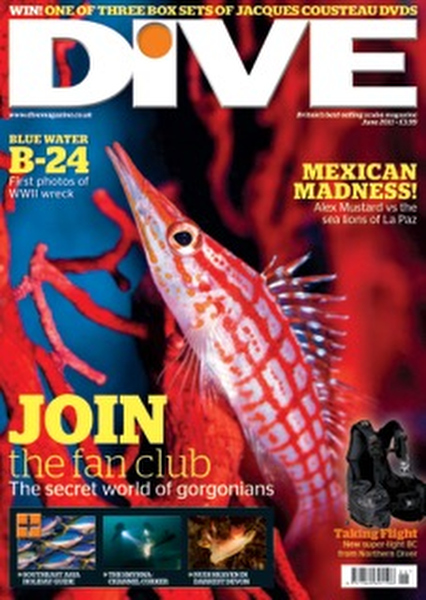
6. Do you prefer a black or colored background? Do you tend to shoot for bokeh-style diffuse soft focus backgrounds?
Mostly I have a prejudice against black backgrounds. If it’s a night dive, well, that’s all you can get. But if there is daylight, I like blue. Or green. That’s how I see, that’s the world my subjects live in. I see my colleagues getting amazing images with black backgrounds, but for me, its not my first intent, unless on a night dive – and I rarely miss a night dive.
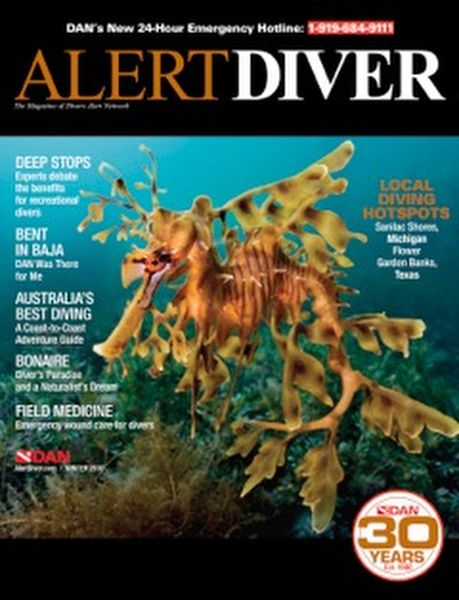
7. What is your favorite macro subject? Any tips on the best way to shoot them?
I love all the creatures I encounter on dives. I never met a frogfish or cephalopod or nudibranch I didn’t like. But just because a guide points one out to me, I am not obligated to photograph it. I tell myself this over and over again. With some difficult subjects that are very time-consuming, I tell myself all I have to do is get one definitive image and then I never have to do this again – but apparently I forget this from dive trip to dive trip, as the legion of pygmy seahorses and nudibranchs will attest.
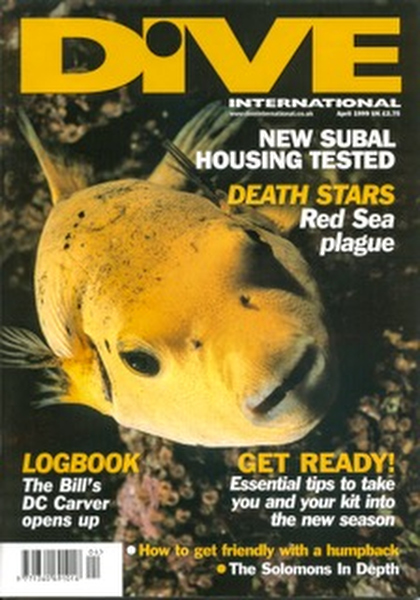
8. If macro tends to be a technical discipline, how do you shoot also shot creatively? What makes for a unique macro image/video?
My goal is to try convey some aspect of the ‘animality’ of the subject: the animal equivalent of personality, which is not only defined by species but often by individual members of that species. For example: some hermit crabs are more handsome than others, some octopus pose, etc. It is a matter of seeing the animals for what they are in the context of their world and trying to make it relevant or somehow familiar for someone unaccustomed to such fantastic creatures, to create an empathy with alien life forms.
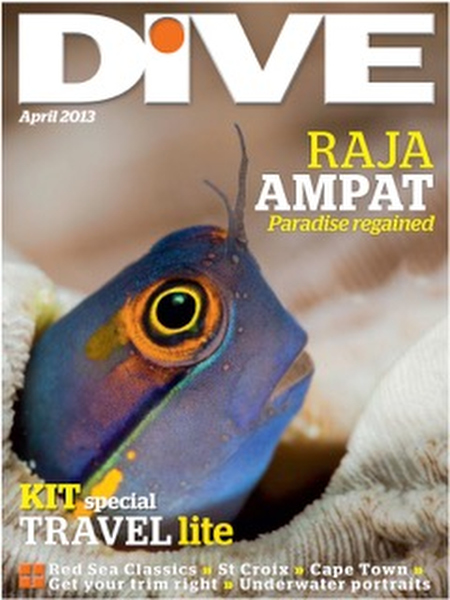
9. Do you manage to sell any macro images or footage?
I sell macro when it illustrates a feature I have written. But I have also had some macro covers as well. The vivid and fantastic colors of macro creatures are a welcome diversion to the gray and white on a blue background world of shark and whale photography. If you ever sat though a slide show, you would know the value of having something red or yellow every fifth slide or the audience would drift off into slumberland…
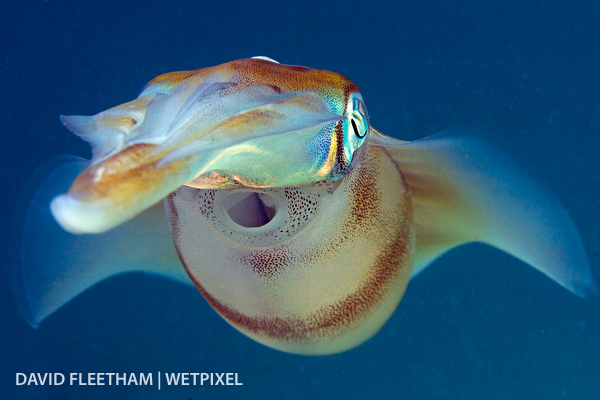
David Fleetham
David Fleetham is one of the most published underwater photographers in the world. He began diving and photographing underwater in 1976 and his photograph of a sandbar shark appeared is the only underwater photograph to feature on the cover of LIFE.
1. What is your favorite macro lens (and why)?
My Canon 100mm macro is my “go to” lens for small subjects. It is extremely sharp and a wonderful piece of glass. For getting down to 1:1 and beyond with the Backscatter macromate, it has a very wide range of uses. In great vis I have used it to shoot shark faces as well.
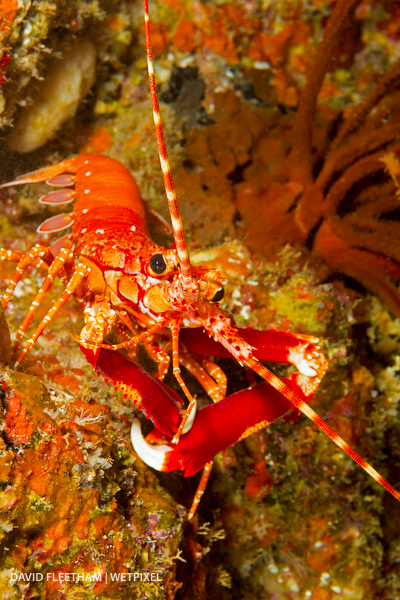
2. Cropped or full frame camera for macro? I guess this would be if you had the choice of either.
I shoot all Canon full frame bodies for both wide angle and macro. The lack of noise in the dark areas of my images has kept me with these cameras for all shooting.
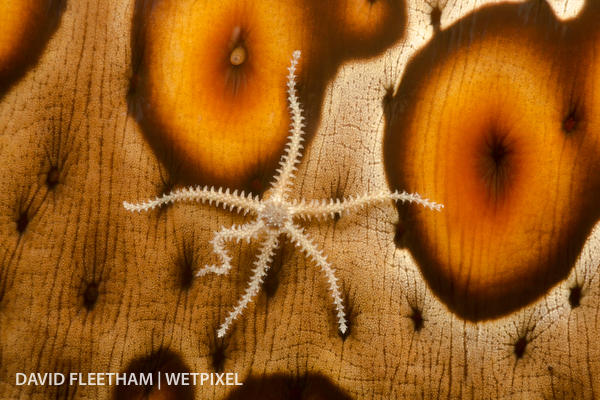
3. Do you use manual or auto focus? If it is the latter, what sort of autofocus mode do you tend to use?
I autofocus with the mode set to SERVO…..sort of. I enable the custom function on my camera body to utilize the thumb button on the back of the camera to activate the autofocus. This way, if I need to “lock” the focus, I can just not press that button, and then fire away until I choose to refocus again. I would say 70% of the time I hold the “focus” button down and shoot while the camera is continually focusing.
4. How do you light your subjects? One strobe/light or two (or more)?
99% of the time I shoot with two Ikelite 161 Substrobes. When I get the chance, I will nail down a subject (pun intended) with well lit exposures and then move my lighting around to play with the shadows. I occasionally use a third strobe on a slave to backlight a subject as well.
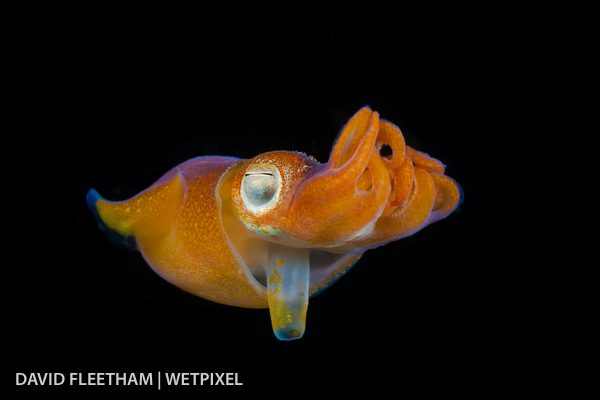
5. Do you use snoots or other devices to control your lighting?
No snoots. I mostly just play with the angle of one or both strobes to change where the light lands.
6. Do you prefer a black or colored background? Do you tend to shoot for bokeh-style diffuse soft focus backgrounds?
I will often look for a background even before I have a subject. I tend to go for something bright and colorful or with a remarkable texture. I then look for a subject on it or passing by where I can wait for it to reach the background of my choice. In the past this has led to long periods of not shooting anything with my fellow photographers coming over to see why I have been in the same place for so long. I point. They look and see no subject and carry on with a bewildered look on their face.
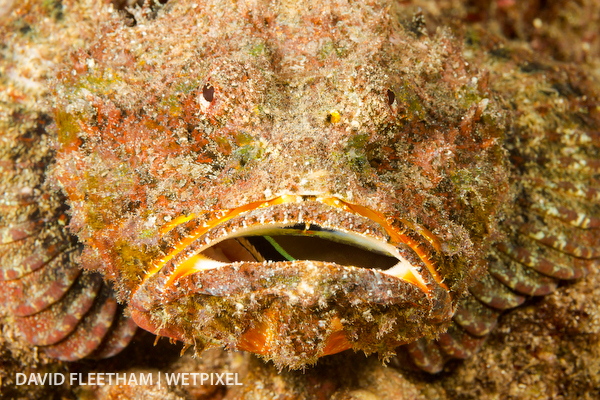
7. What is your favorite macro subject? Any tips on the best way to shoot them?
If I am armed with my 100mm macro and see squid, day or night, I cannot help myself. I first see if they are of the disposition to hang around and put up with me. And if they are I will shoot hundreds of frames. So you would therefore assume that I have enough squid shots by now, but no. These cephalopods are constantly changing color and shape. You think you have seen every variable and then one turns a solid color or starts flashing. I believe their permutations are infinite. And so I shoot. Their eyes are extremely reflective and devastate the majority of the images by being exceedingly blown out. This is the main reason it takes so many frames to capture a winner. So shoot plenty and vary your angle in respect to the eye as much as you can.
8. If macro tends to be a technical discipline, how do you shoot also shot creatively? What makes for a unique macro image/video?
Underwater photography in general is a “technical discipline” with the new gizmos giving us all sorts of options as time goes by. I try and stay on top of the new gear as much as possible, but at the same time it is getting in the water and shooting that really makes the difference in the end. You can read all the books/blogs/websites, look at all the amazing images online and never take the plunge. So grab your (new) gear and go get it wet. Shoot what you know you can get and then try for what you can picture in your minds eye but can’t figure out how to make it happen. Once you’ve done all the things that the professional photographers tell you to do…..try doing what they tell you not to do. You might learn why or you might figure out something the rest of us have not.
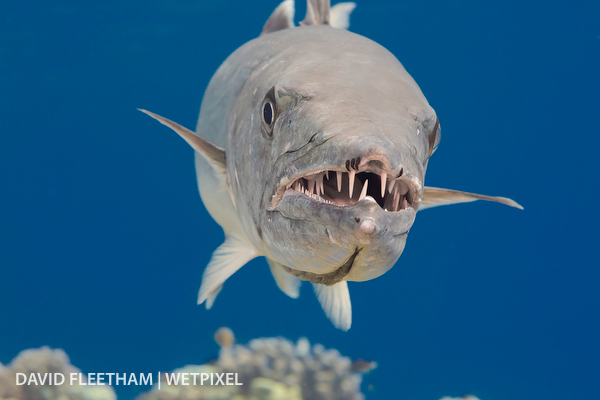
9. Do you manage to sell any macro images or footage?
I definitely sell my macro images. I just have no way to predict what ends up selling, so I shoot everything and keep my fingers crossed. You never know what a client is going to end up deciding on.
Page 1: Imran Ahmad, Allison Vitsky Sallmon and Andy Sallmon, Steve Jones.
Page 2: Douglas Seifert and David Fleetham.
Page 3: Kevin Palmer, Rico Besserdich.
Page 4: Jean Bruneau, Chris Parsons.